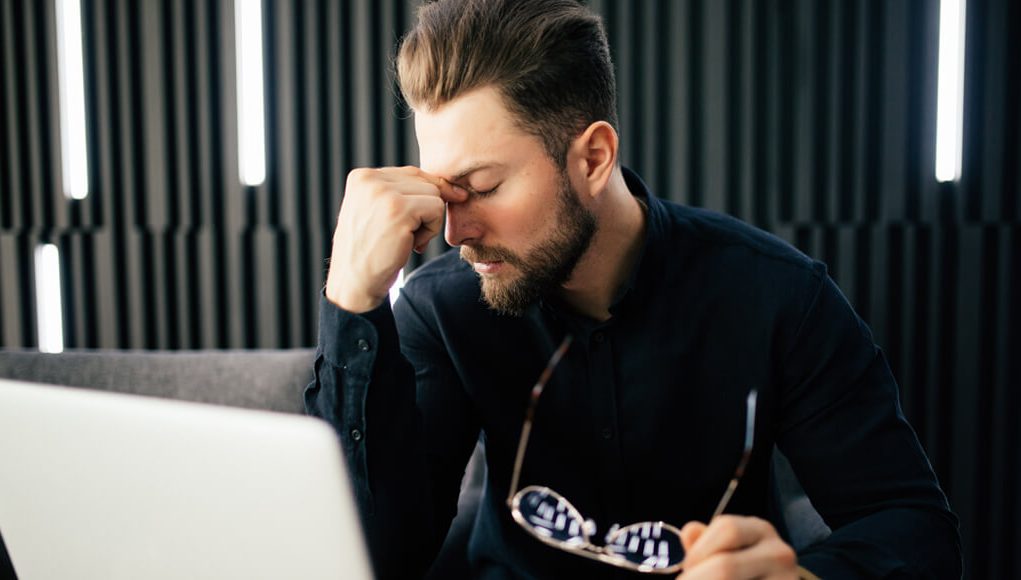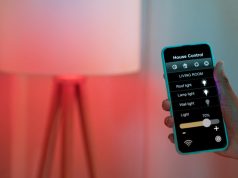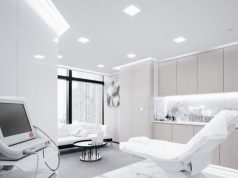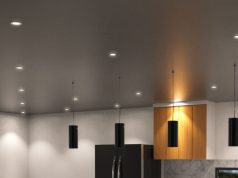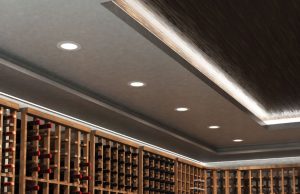Have you ever tried navigating around your home with all the lights turned off? If you haven’t, give it a go! There are only two possible outcomes, you feel like you’re a superhero with night vision, or you end up bumping into your furniture and stubbing your pinky toe! With this scenario, you’ll see that having a clear view is essential for both mobility and functionality. In the dark, it’s hard to move around and do things. So, we must constantly take care of our eyes that enable us to see.
With all the constant technological advancements and people’s travelling words, it’s hard to keep up with facts and myths. Some would say that this is good for you and then the moment you try it another would tell you that it’s bad! So, if you ever hear people say that LED lights are harmful to your eyes, here’s the truth!
Will it really hurt your eyes?
Reading through several articles will take up so much time, so we’ll give it to you straight, no, LED lights will not hurt your eyes. If that’s the case, why are people so adamant about such claims? Well, it all originated because LED lights use blue light. What’s so bad about blue lights?
Technically, there’s nothing wrong with it since blue light makes our eyes react during the day. It signals the circadian rhythm that it’s time to wake up and start proceeding with your daily routine. However, if you are exposed to extremely high levels of blue light, you can potentially develop eye disease. Average users will not have any problems so breathe easy, you have nothing to worry about. The risk comes to people who already have existing eye conditions, so they really need to be vigilant and preventive. LED lights use the same amount of blue light as your laptops, smartphones and TV. So, if you’re fine after using them, then there’s no problem if you also use LED bulbs!
In addition, many people believe that LED lights are only available in bright cool white light. They have no idea that other variants like natural white light and warm white light are less intense and more comfortable on the eyes. So, if you’re not into the crisp bluish hue of cool white light, then you have two other options to choose from!
Lighting Tips to Lessen Eye Strain
Even if you have 20/20 vision, your eyes will have difficulty processing clearly without light. Too little and too much light is equally damaging. However, you can keep your eyes healthy and prevent them from getting tired with the right amount of illumination. Also, good lighting helps create a pleasant environment that can uplift your mood! So, to help you on your journey to better eyesight, we compiled some tips that you can do for a healthier light setup.
Tip #1: Aim for an even light distribution
The eyes take time to adjust when going from a high brightness level to a low one. So, imagine if you’re working in a building with multiple offices – if you’re moving from a brightly lit office to a dimly lit breakroom, it will tire your eyes and leave a bigger strain. That’s why it’s crucial that you have a relatively even light distribution throughout your spaces. LED panels with a wide coverage are a good fix for this problem since they can cover a wide surface area with relatively uniform brightness.
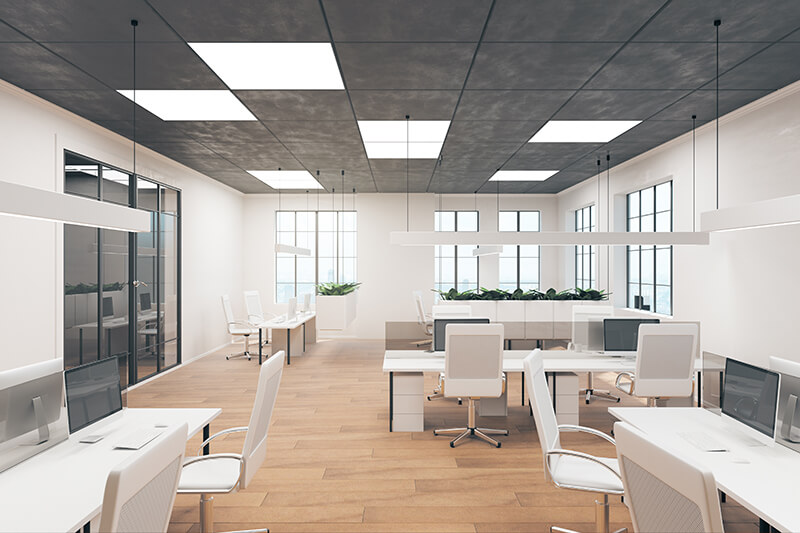
Tip #2: Add dimmers
Nothing good comes from choosing the brightest and harshest lights. Even if you need them when doing tasks, strong lights can strain and damage your eyes. So, to get the right amount of brightness, you’ll need dimmers to dilute some of the intensity so your eyes can relax. Plus, dimmers are perfect for customising the atmosphere!
Tip #3: Use task lighting
Task lights are essential for writing, reading or when you need a focused vision for an extended period. If you rely on a regular ceiling light, it can make your eyes work harder, which causes strain. You can use desk lamps that have adjustable arms to easily direct the beam in the direction you need. Place your task lights near your desk, bedside table or work area. For the kitchen, you can use under-cabinet lights to illuminate your countertop.
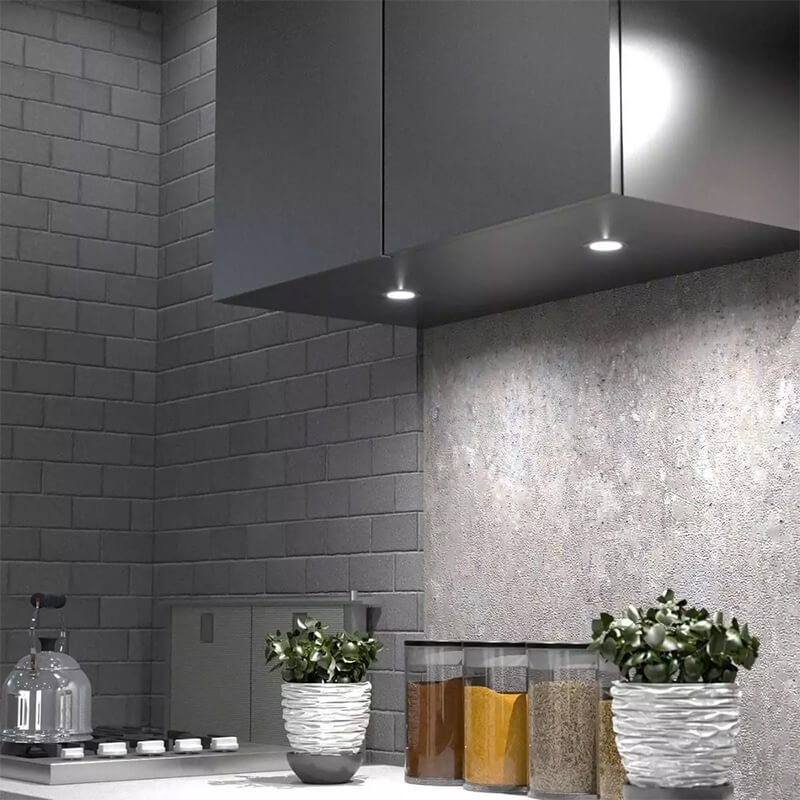
Tip #4: Avoid adding flickering fluorescent lamps
If you’ve been using fluorescent lamps, you’re familiar with the usual flickers it has when it warms up. Although it stops once the electric flow stabilises, some people still feel the sensation afterwards. The strobe effect that these lamps do can cause eye strain and headaches. So, to not experience this, you should go with LED lights as they are flicker-free! Aside from that, they’re more energy-efficient and long-lasting than fluorescents.
Tip #5: Opt for a full-spectrum light
Full-spectrum lighting is deemed the best type of light for the eyes as it covers almost a full range, from infrared lights to near-ultraviolet lights. They help people see colours better and aid in making a healthy environment for reading and studying. If you’re an artist or a designer that needs to see finer details, these lights are the best for your studios or workspace. Also, since it simulates the same effects when you sit under the sunlight, it can boost your mood and positively impact your energy levels.
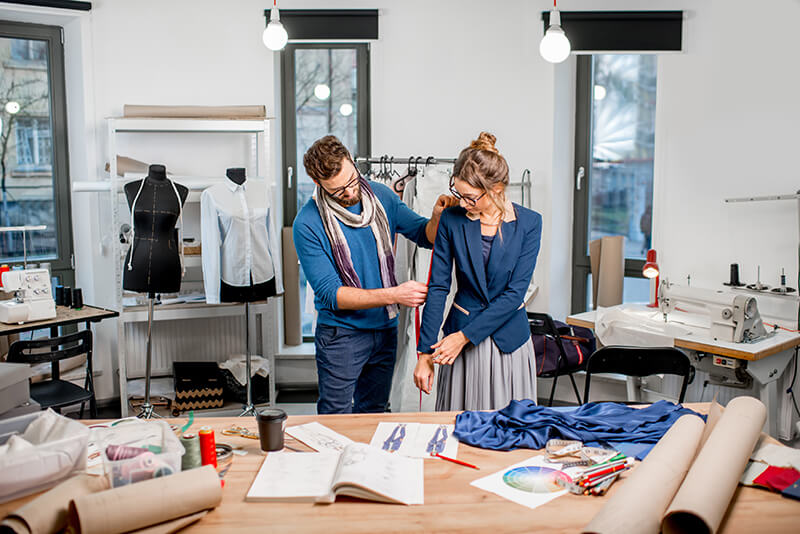
Now that you know LED lights are not bad for your eyes and you need to make some tweaks in your lighting plan for an optimal eye-friendly environment, it’s time to head to our website, Simple Lighting! We have an extensive collection of premium-quality downlights, strip lights, plinth lights and more that are not only bright and energy-efficient but they’re also long-lasting and environment friendly! So, hurry and don’t be the last to update your home with good lights!


